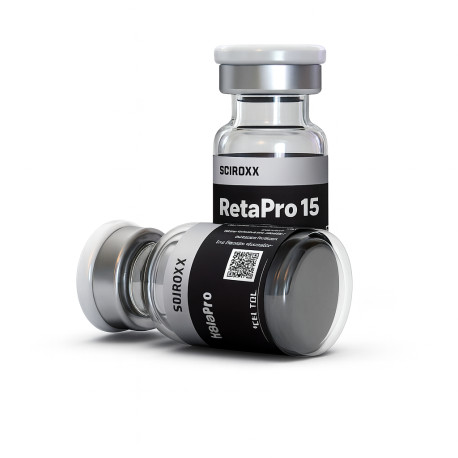
No products
RetaPro | Retatrutide 15 mg
New product
Each Multi dosage vial contains 15mg Retatrutide
No reward points for this product because there's already a discount.
- Write a review
- Remove this product from my favorite's list.
- Add this product to my list of favorites.
More info
RetaPro (Retatrutide 15 mg) | Triple-Agonist Metabolic Therapy – Overview
What is Retatrutide (RetaPro)?
Retatrutide is the cutting edge of the weight-loss peptide family called GLP-1, and it actually offers further pathways, mechanisms, and promising results beyond its older family members—Ozempic and Mounjaro. While this product is still investigational and in the last stage of clinical trials, it has shown very promising signals in glucose control, body-weight reduction, and broader cardiometabolic markers.
So what is it? Retatrutide represents a next-generation approach to metabolic care beyond single-pathway GLP-1 agents. RetaPro is a once-weekly injectable that targets three incretin/metabolic pathways at once. Clinically, it triggers GLP-1, GIP, and glucagon receptors.
How Retatrutide Works: Triple-Pathway Mechanism
Retatrutide is designed as a triple agonist—a single peptide engineered to engage three receptor systems that coordinate appetite, insulin dynamics, energy expenditure, and hepatic glucose output.
GLP-1 receptor agonism
Helps enhance glucose-dependent insulin secretion, slow gastric emptying, and activate central satiety circuits—mechanisms associated with better postprandial control and reduced caloric intake.
GIP receptor agonism
May further amplify insulin response to meals and contribute to improved insulin sensitivity. In combination with GLP-1 signaling, GIP activity can produce additive or synergistic effects on glycemia and weight management.
Glucagon receptor agonism (modulated)
Carefully titrated glucagon activity may increase energy expenditure, influence fatty-acid mobilization, and help counter the metabolic adaptation that often blunts weight-loss progress. In a balanced triple-agonist design, this pathway is tuned to support net metabolic benefit while remaining compatible with glucose control.
Potential Benefits Under Investigation
Early-phase and mid-phase study readouts (company-sponsored and academic collaborations) suggest a broad, dose-responsive profile. Outcomes being evaluated include:
Meaningful body-weight reduction across escalating dose cohorts
A1C and fasting glucose improvements in participants with dysglycemia
Favorable changes in cardiometabolic risk markers, such as waist circumference and lipid parameters
Appetite control and satiety consistent with robust incretin engagement
Note: The magnitude, durability, and safety of these effects are still being defined in ongoing Phase-3 programs. Individual responses vary, and long-term risk/benefit has not yet been established.
RetaPro vs. GLP-1–Only and Dual-Incretin Approaches
Compared with GLP-1–only therapies (single pathway), a triple agonist aims to layer mechanisms that address appetite, insulin function, hepatic glucose output, and energy expenditure in tandem.
Compared with dual incretin agents (GLP-1/GIP), retatrutide’s added glucagon-receptor component is intended to raise energy burn while preserving glycemic benefits through balanced receptor engagement.
The scientific rationale: multi-pathway coverage may counter compensatory metabolic slowdowns and improve the depth and persistence of weight-loss and glucose outcomes. Confirmation requires completed late-phase trials and regulatory review.
Mode of Administration (in clinical research)
Route: Subcutaneous injection
Schedule: Investigated as once weekly, with gradual dose-escalation protocols to improve GI tolerability (exact titration depends on study design).
Injection sites: Abdomen, thigh, or upper arm; rotate sites to minimize local irritation.
Because the medicine is investigational, dosing, titration, and monitoring occur only under a clinical-trial protocol with institutional oversight.
Safety and Tolerability: What Trials Monitor
Safety data are still accruing. Incretin-based injectables commonly track:
Gastrointestinal effects: nausea, vomiting, diarrhea/constipation, abdominal discomfort—often mitigated by slow titration
Decreased appetite and early satiety
Injection-site reactions
Glycemic events: hypoglycemia risk is typically low with incretin-based agents when not combined with insulin or insulin secretagogues, but glucose is monitored in all trials
Pancreatitis, gallbladder events, renal function, thyroid-related findings, and cardiovascular signals are part of standard safety monitoring with this class
For a triple agonist, investigators also evaluate heart rate, blood pressure, and lipid changes, given the glucagon-receptor component
Participants should report persistent or severe adverse events immediately to the study team. Long-term safety will be determined only after large, controlled studies and regulatory review.
Buy Online | Real Rx-Grade Quality
When you shop with Sciroxx, you’re choosing products made to the highest industry standards. We’re not just committed to true Rx-grade quality—our formulations are engineered for ambitious individuals who demand more from themselves and from the products they use. Expect precise dosing, rigorous QA, and packaging designed for authenticity and safety.
We offer multiple payment options, discreet domestic delivery, and 24/7 customer support so you can order with confidence and get help whenever you need it.
Summary
Next-generation concept: a triple agonist engaging GLP-1, GIP, and glucagon receptors to target appetite, insulin dynamics, hepatic glucose output, and energy expenditure.
Promising early data: notable weight-loss and glycemic signals across dose ranges in research settings.
Not yet approved: use is limited to clinical trials; dosing and safety remain under evaluation.
Future outlook: pending Phase-3 results and regulatory decisions, triple agonists could expand the toolkit for medical weight management and metabolic disease—but conclusions await full review.
Reviews
Product Reviews

Customers who bought this product also bought:
-
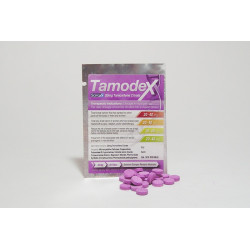
Tamodex |...
Product Name: Tamodex Substance: Tamoxifen...
$ 52
-

SynerGix...
10ml multi usage vial contains: 200mg/ml...
$ 119
-
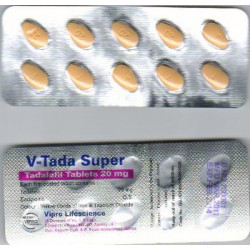
Buy Cialis |...
Pharmaceutical licensed cialis from India...
$ 20
-
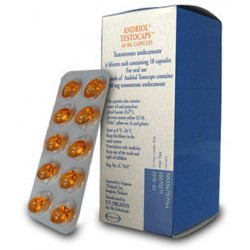
Buy Andriol...
Testocaps 40mg FDA licensed Oral Testosterone...
$ 99
-
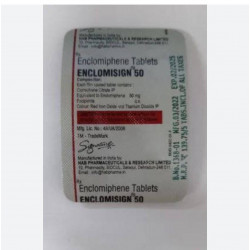
Buy...
The purest Estrogen antagonists to support...
$ 12
-
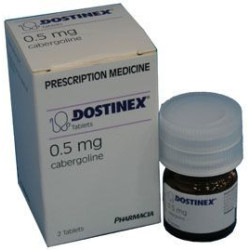
Buy Dostinex...
Product Name: Dostinex Substance: Cabergoline...
$ 72


